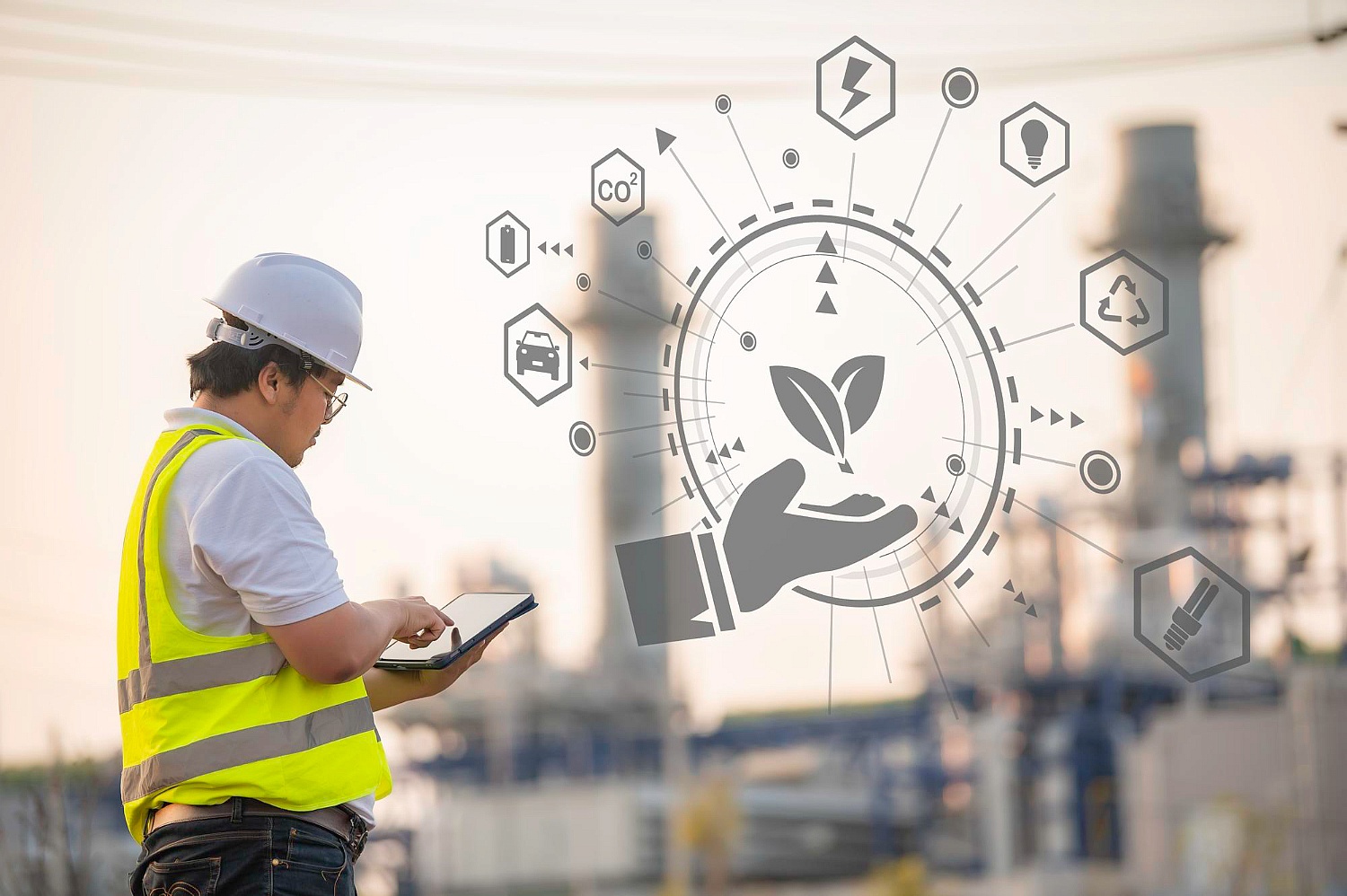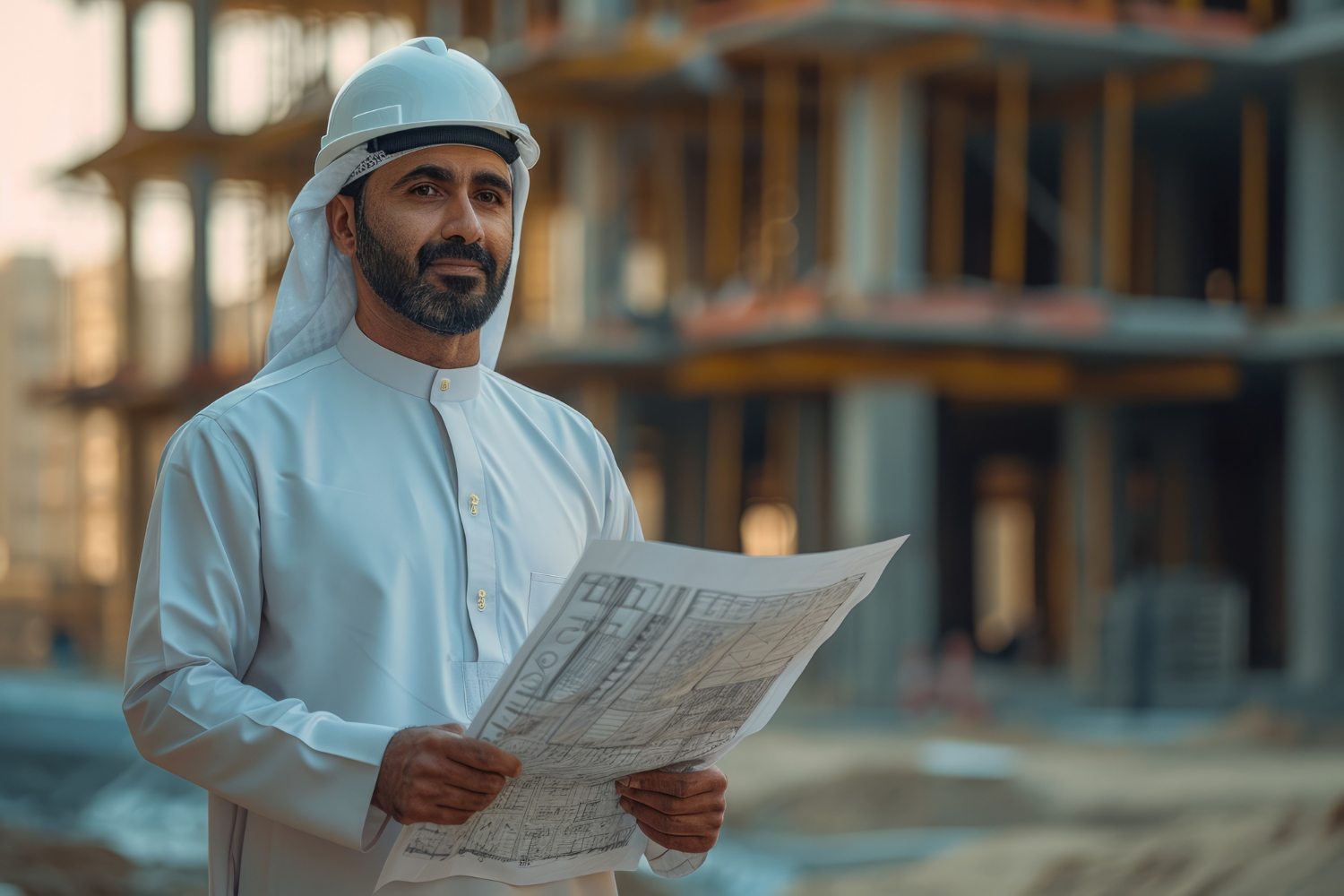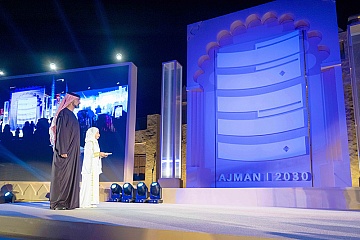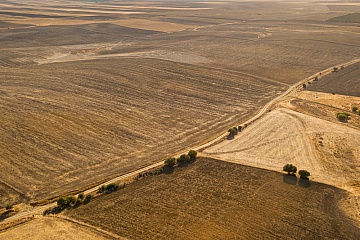
Industrial development plays an important role in Ajman’s economic scenario, and grows rapidly in the United Arab Emirates. Since the government encourages investment in different fields, it is necessary to balance economic growth with environmental ability. An important tool in this effort is the environmental impact (EIA). This article examines EIA requirements for industrial development Plots for sale in Ajman and describes the process, importance and regulatory structure.
What is the Environmental Consequence Assessment (EIA)?
An environmental consequence assessment (EIA) is a systematic process that evaluates the potential environmental effects of proposed projects before being started. The main objective of an EIA is to identify, predict and reduce the side effects of the environment, and ensure that development projects are sustainable and obedient with legal standards. In the AIA, the EIA process is important to assess the effect of industrial development, which can significantly change the local ecosystems and local communities.
Why is EIA Important in Ajman?

The importance of operating an EIA Land for sale in Ajman cannot be eliminated. There are many important reasons here:
1. Environmental Protection
Industrial activities can cause pollution and decline in natural resources. A EIA helps protect the environment by identifying potential threats and recommending mitigation measures. This is especially important in Lag see, where natural habitats and biodiversity should be preserved between rapid urbanization.
2. Regulatory Compliance
The EIA process ensures that industrial projects follow local and federal environmental laws. In properties in Ajman developers need legal to run a EIA for projects that can have significant environmental effects. This compliance promotes responsible development practices.
3. Public Engagement
EIA processes promote openness and public participation. In the evaluation process, by including stakeholders, including local communities, developers can address concerns and improve the approval of the project. This commitment is important to promote trust and social support for industrial development.
4. Sustainable Development
The operation of EIA encourages developers to assess stability in their projects. By identifying potential effects, developers can apply practice that reduces environmental damage, promotes a balanced approach to economic growth and ecological protection.
EIA Process in Ajman

The EIA process in Ajman usually appears in several structured stages, each designed to ensure intensive evaluation and compliance with regulatory standards.
1. Screening
The first phase involves deciding whether an EIA is necessary for a proposed project. It is known as screening. Considered factors include project type, size and potential environmental impacts. For example, industrial development that includes significant land use or emissions usually requires extensive EIA.
2. Scoping
When a project requires an EIA, the next step is scoping. At this stage, developers with local authorities and stakeholders work to identify major issues that need to be addressed in evaluation. This may include discussion of air quality, water resources, noise pollution and effects on local ecosystems.
3. Impact Assessment
The impact assessment phase involves detailed studies to evaluate potential environmental impacts of the proposed project. It also includes:
- Air quality: Emissions from industrial activities and assess their effects on local air quality.
- Water resources: to evaluate the water requirements for the project and its possible impact on local water bodies.
- Noise pollution: Analysis of noise levels generated by industrial operations and their implications for nearby communities.
4. Limit Measures
After identifying potential effects, developers should propose mitigation measures to reduce side effects. This may include implementation of technologies to reduce emissions, increase green areas or use water resources. Effective mitigation is important to reduce the organic footprint of industrial projects.
5. Reporting
Developers gather the findings from EIA in a comprehensive report. This document will expand the evaluation method, conclusions, proposed mitigation measures and a plan to monitor the environmental of the project. The report acts as an important tool for decision -making of regulatory officers.
6. Review and Approval
The EIA report will be presented to the affected officials for review. In Ajman, specific agencies are responsible for evaluating the EIA report to ensure compliance with environmental standards. Approval is only given when the project meets all regulatory requirements, and ensures that industrial development corresponds to local stability goals.
7. Monitoring and Compliance
When a project is approved, it is necessary to continuously monitor the compliance with environmental rules and ensure the efficiency of mitigation measures. This ongoing inspection helps to identify unexpected effects and allows timely adjustment to reduce losses.
Large Rules that Control EIA in Ajman

Ajman has established a strong regulatory structure that controls the EIA process. Large rules include:
Federal Law Number 24 of 1999
This law provides a comprehensive framework for environmental protection in the United Arab Emirates, which makes the need for EIA compulsory in projects that can significantly affect the environment. This underlines the importance of sustainable development and the need for public participation in the EIA process.
Local Guidelines
The Ajman municipality has developed specific guidelines to fit the unique environmental challenges of Emirates. These guidelines emphasize the responsibility of developers, criteria for EIA reports and public consultation procedures. They act as an important resource to ensure that industrial development follows local stability goals.
Types of Projects Required by EIA
In Ajman, a number of industrial projects require EIA. Prominent examples include:
Production Facility
Factories and production units that can emit contaminants or consume important resources require a complete EIA to assess their potential environmental effects.
Waste Management Page
Facilities handled by dangerous or non-East waste are subject to the EIA requirement to ensure that waste management practices do not adversely affect the environment.
Construction Projects
Large building projects that change land use and affect local ecosystems, usually a comprehensive EIA to evaluate potential effects.
Challenges in EIA Implementation
While the EIA process is important to promote permanent industrial development, many challenges can arise:
Limited Consciousness
There may be a lack of awareness among developers about the requirements and procedures of EIA. Education and outreach initiatives can help improve understanding and compliance.
Data
Accurate data is required for the operation of EIA completely. In some cases, limited access to environmental data can prevent effective assessment. Collaboration with local research institutes can increase data availability.
Public Participation
Ensuring meaningful public participation in the EIA process can be challenging. Developers must be actively involved with local communities to address concerns and promote support.
Conclusion
Finally, the implementation of environmental impact assessment is an important requirement for industrial development in Lag see. This ensures that projects correspond to environmental goals and promote economic growth. By following the EIA process, www.ajmanproperties.ae can reduce potential effects and promote social positions. For those who want to find suitable places for industrial development, websites such as Ajman's properties provide valuable resources, including listing for industrial plots for sale in Ajman and insight into the local real estate market. Squeezing the EIA process is not only a legal obligation, but also a commitment to responsible and durable industrial practice in Ajman.










Comments (0)
Leave a comment